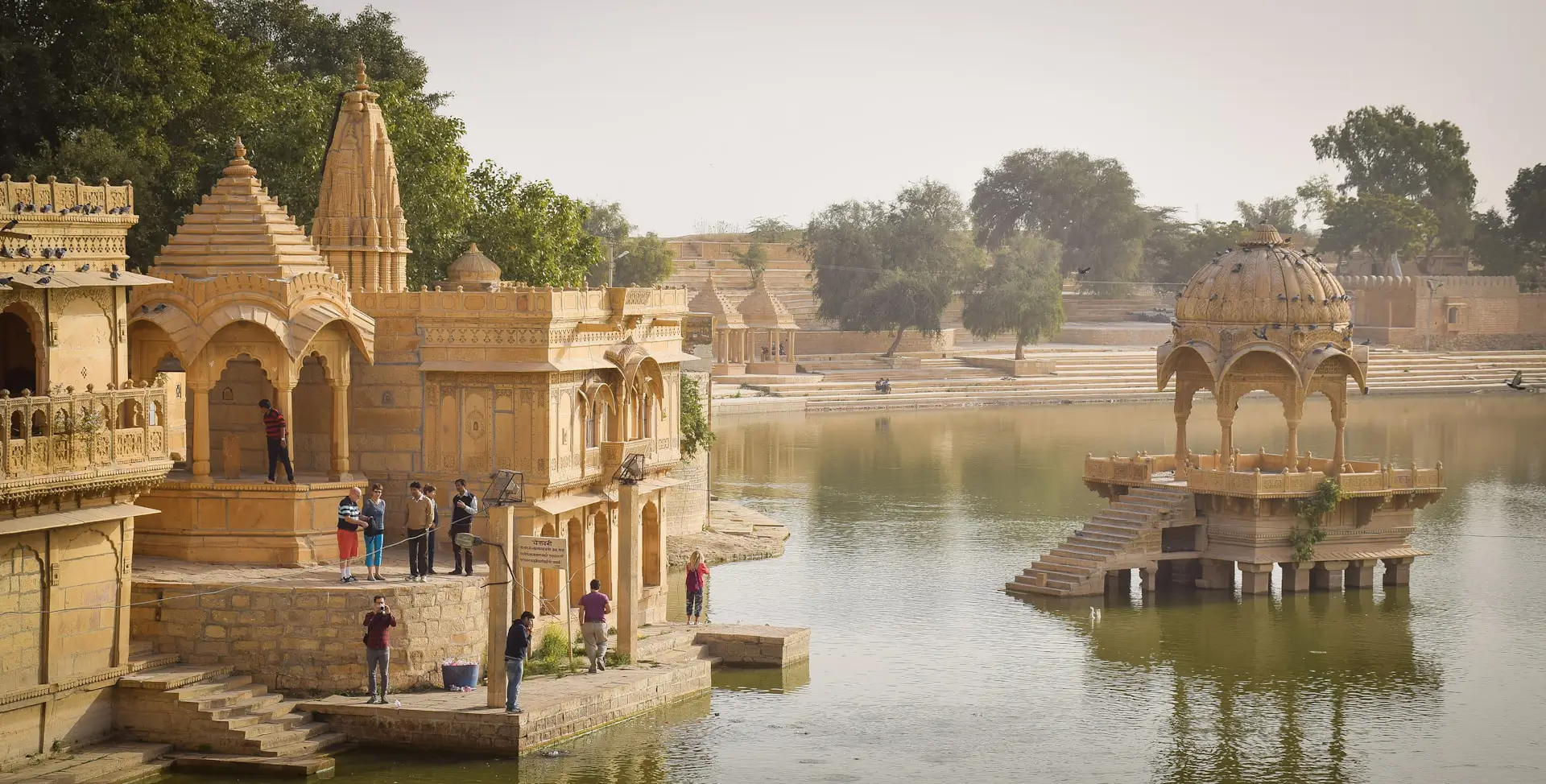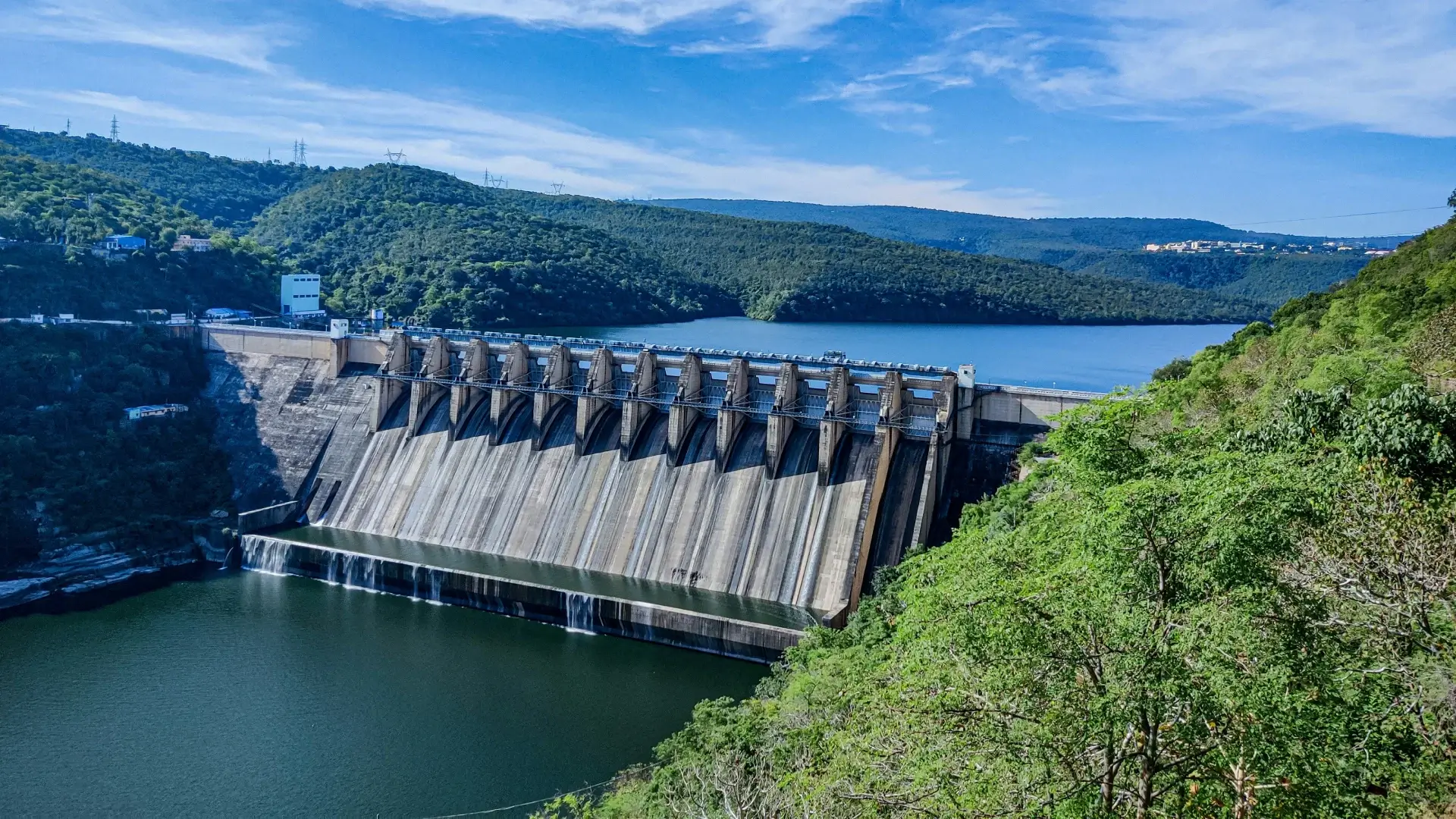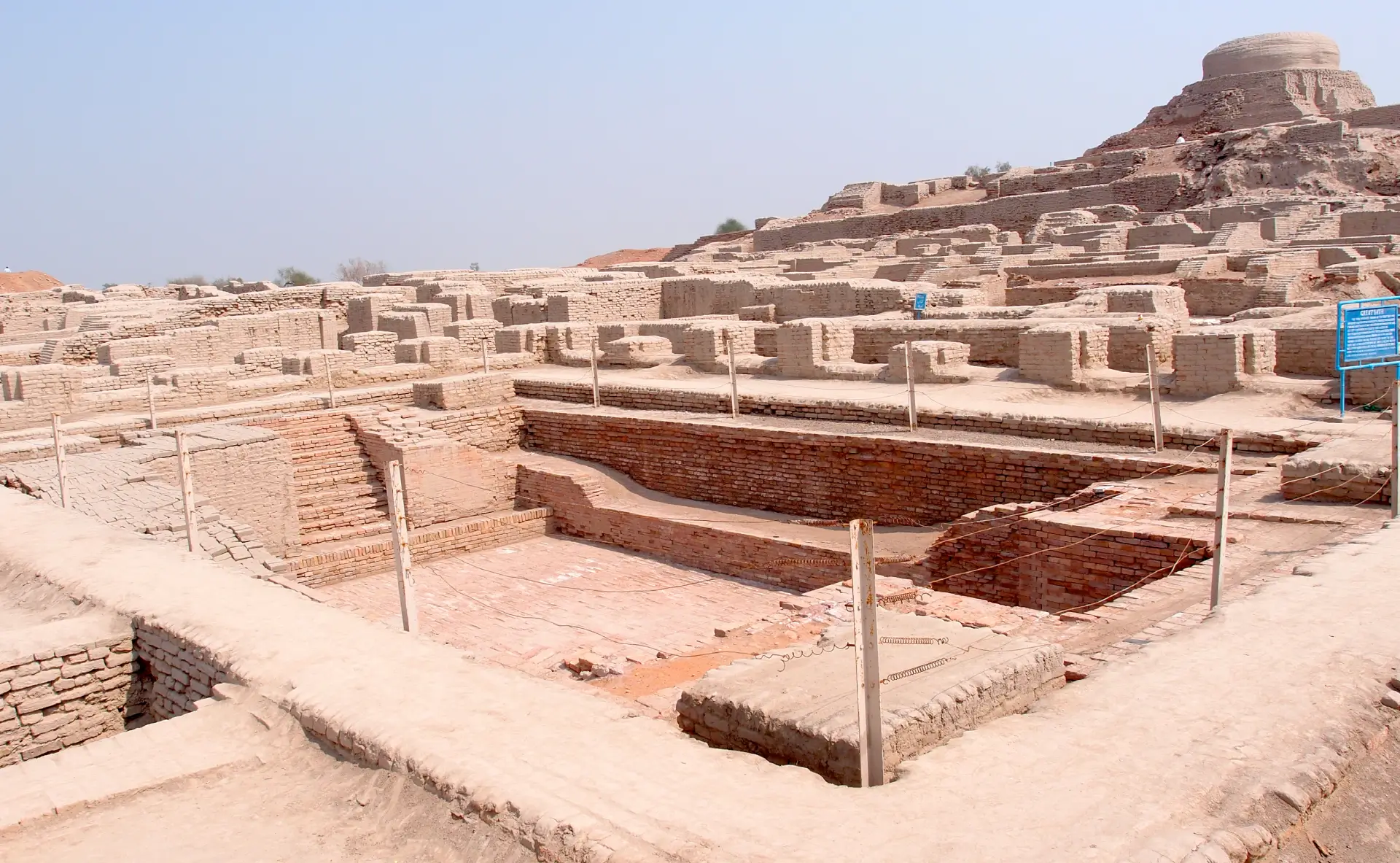India: A Land of Ancient Legacy and Modern Aspirations

India, known by various names such as Bharat, Hindustan, Jambudweep, and Aryavarta, is one of the world’s oldest and most diverse civilizations. With a history spanning over 5,000 years, India has witnessed the rise and fall of great empires, the birth of major religions, and remarkable cultural transformations. From the Indus Valley Civilization to the present-day Republic of India, this land has been a center of trade, knowledge, and spirituality. Let’s take a detailed journey through the historical epochs that have shaped India.
1. Indus Valley Civilization (3300–1300 BCE)
The Indus Valley Civilization, also known as the Harappan Civilization, was one of the world’s earliest urban civilizations. It flourished in the northwestern region of the Indian subcontinent, covering present-day Pakistan and northwest India. This civilization was remarkable for its well-planned cities, advanced drainage systems, and thriving trade networks. The cities of Harappa and Mohenjo-Daro showcased a high level of urban planning with grid-like streets, multi-storied houses, and complex water management systems. The Indus script, though yet to be fully deciphered, hints at a highly developed communication system. The civilization declined around 1300 BCE, possibly due to environmental changes and declining trade.
Key Features:
- Urban planning with grid-based cities.
- Sophisticated drainage and water management systems.
- Evidence of trade with Mesopotamia and other regions.
- Possible decline due to climate change and economic factors.
2. Vedic Period (1500–600 BCE)
The Vedic Period marks the arrival of the Indo-Aryans in India. This era is named after the Vedas, the oldest sacred texts of Hinduism, which were composed in Sanskrit. Society during this time was predominantly pastoral, gradually transitioning to an agrarian lifestyle. The caste-based Varna system emerged, classifying people into four main categories: Brahmins (priests), Kshatriyas (warriors), Vaishyas (merchants), and Shudras (laborers). The later Vedic period saw the rise of early kingdoms, social hierarchies, and philosophical thought that laid the foundation for Hinduism, Buddhism, and Jainism.
Key Features:
- Composition of the Vedas (Rigveda, Yajurveda, Samaveda, Atharvaveda).
- Development of Sanskrit as a major language.
- Evolution of early political and social structures.
- Emergence of religious ideas that influenced Indian philosophy.
3. Mahajanapadas and the Maurya Empire (600 BCE – 185 BCE)
During this period, 16 major kingdoms known as Mahajanapadas emerged. Some of the most powerful among them were Magadha, Kashi, Kosala, and Avanti. This era also witnessed the emergence of Buddhism and Jainism as alternative spiritual movements challenging the rigid Brahmanical system.
The Maurya Empire, established by Chandragupta Maurya in 321 BCE, became one of the largest empires in Indian history. Under Ashoka the Great, the empire reached its zenith. Ashoka’s conversion to Buddhism and his efforts to spread the religion across Asia had a profound impact on Indian and global history.
Key Features:
- Rise of 16 powerful Mahajanapadas.
- Birth of Buddhism and Jainism.
- Establishment of the Maurya Empire by Chandragupta Maurya.
- Ashoka’s propagation of Buddhism and promotion of non-violence.
4. Gupta Empire: The Golden Age (320–550 CE)
The Gupta Empire marked a golden age in Indian history, characterized by immense advancements in science, mathematics, literature, and art. Rulers like Chandragupta I, Samudragupta, and Chandragupta II expanded their influence across India. The mathematician Aryabhata introduced the concept of zero and made significant contributions to astronomy. Hindu temple architecture flourished, and classical Sanskrit literature, including the works of Kalidasa, gained prominence.
Key Features:
- Advancements in mathematics, including the concept of zero.
- Flourishing of Sanskrit literature and arts.
- Development of Hindu temple architecture.
- Expansion of trade and economic prosperity.
5. Medieval India and the Delhi Sultanate (1206–1526)
The Delhi Sultanate marked the establishment of Muslim rule in India. Beginning with Qutb-ud-din Aibak, the sultans introduced Persian influences in administration, art, and culture. Rulers like Alauddin Khilji and Muhammad bin Tughlaq expanded their territories but also faced challenges from regional kingdoms.
Key Features:
- Introduction of Persian and Islamic influences in India.
- Establishment of Indo-Islamic architecture, including the Qutub Minar.
- Political and military struggles between Delhi Sultans and regional rulers.
6. Mughal Empire (1526–1857)
Founded by Babur, the Mughal Empire became one of India’s most powerful dynasties. Akbar established a strong administrative system and promoted religious tolerance. Shah Jahan, known for his architectural marvels, built the Taj Mahal. Aurangzeb, however, expanded the empire through military conquests but also faced resistance from the Marathas, Sikhs, and Rajputs.
Key Features:
- Flourishing arts, literature, and Indo-Persian culture.
- Construction of iconic monuments like the Taj Mahal.
- Expansion of trade and economy.
7. British Colonial Rule (1757–1947)
The British gradually took control of India through economic exploitation and military conquests. The Battle of Plassey (1757) marked the beginning of British dominance. The Revolt of 1857 was India’s first major uprising against British rule, leading to the establishment of direct control under the British Crown. The 20th century saw the rise of the Indian Independence Movement, led by Mahatma Gandhi, Subhas Chandra Bose, and Bhagat Singh.
Key Features:
- Economic exploitation and introduction of railways and modern education.
- The Revolt of 1857 against British rule.
- Formation of the Indian National Congress and the struggle for independence.
8. Post-Independence India (1947 – Present)
India gained independence on August 15, 1947, leading to the partition of India and Pakistan. Jawaharlal Nehru became the first Prime Minister, spearheading the country’s development in science, technology, and infrastructure. India has since emerged as a global economic and technological powerhouse, with achievements in space exploration (ISRO), economic reforms, and diplomatic initiatives.
Key Features:
- Formation of a democratic republic.
- Growth in technology, space research, and economy.
- Strengthening of India’s global influence.
Conclusion
India’s history is a rich tapestry of cultures, conquests, and resilience. From being home to one of the world’s earliest civilizations to overcoming colonial rule, India has continuously evolved into a thriving nation. Today, it stands as a global leader in technology, economy, and diplomacy. Stay tuned for more in-depth articles on Indian history and culture!
Recent On cloudxtech
Beginner Frontend Projects with HTML, CSS, JS, and jQuery – Free to Use and Download
August 11, 2025 • 4 minute(s) read
Best Chrome Extensions for Web Developers in 2025
June 12, 2025 • 3 minute(s) read
JN Form Validation: Simplify Client-Side Validation with Ease
May 22, 2025 • 4 minute(s) read
🌊 The Indus Waters Treaty: A Historic Pact and its Dramatic Suspension in 2025
April 27, 2025 • 5 minute(s) read
🏋️♂️ The Ultimate Guide to Biceps: Anatomy, Training, and Growth Hacks
April 27, 2025 • 3 minute(s) read
🏋️♂️ The Ultimate Chest Training Guide: Anatomy, Tips & Workouts
April 27, 2025 • 3 minute(s) read













